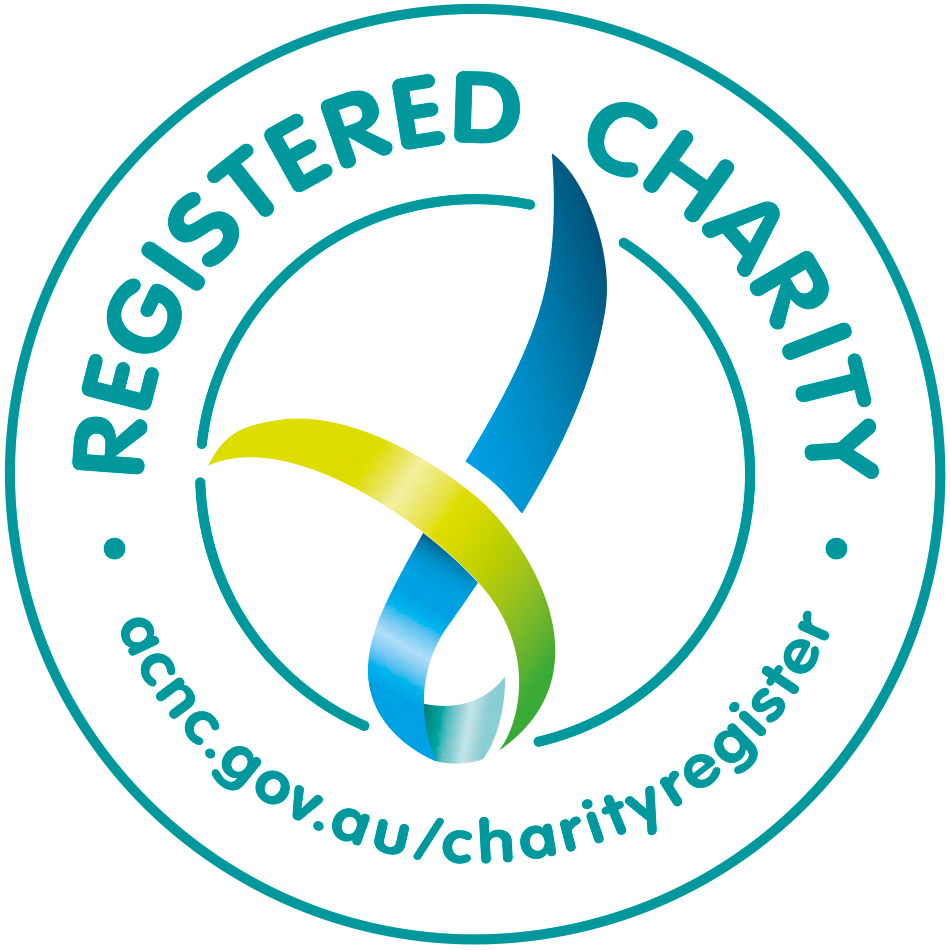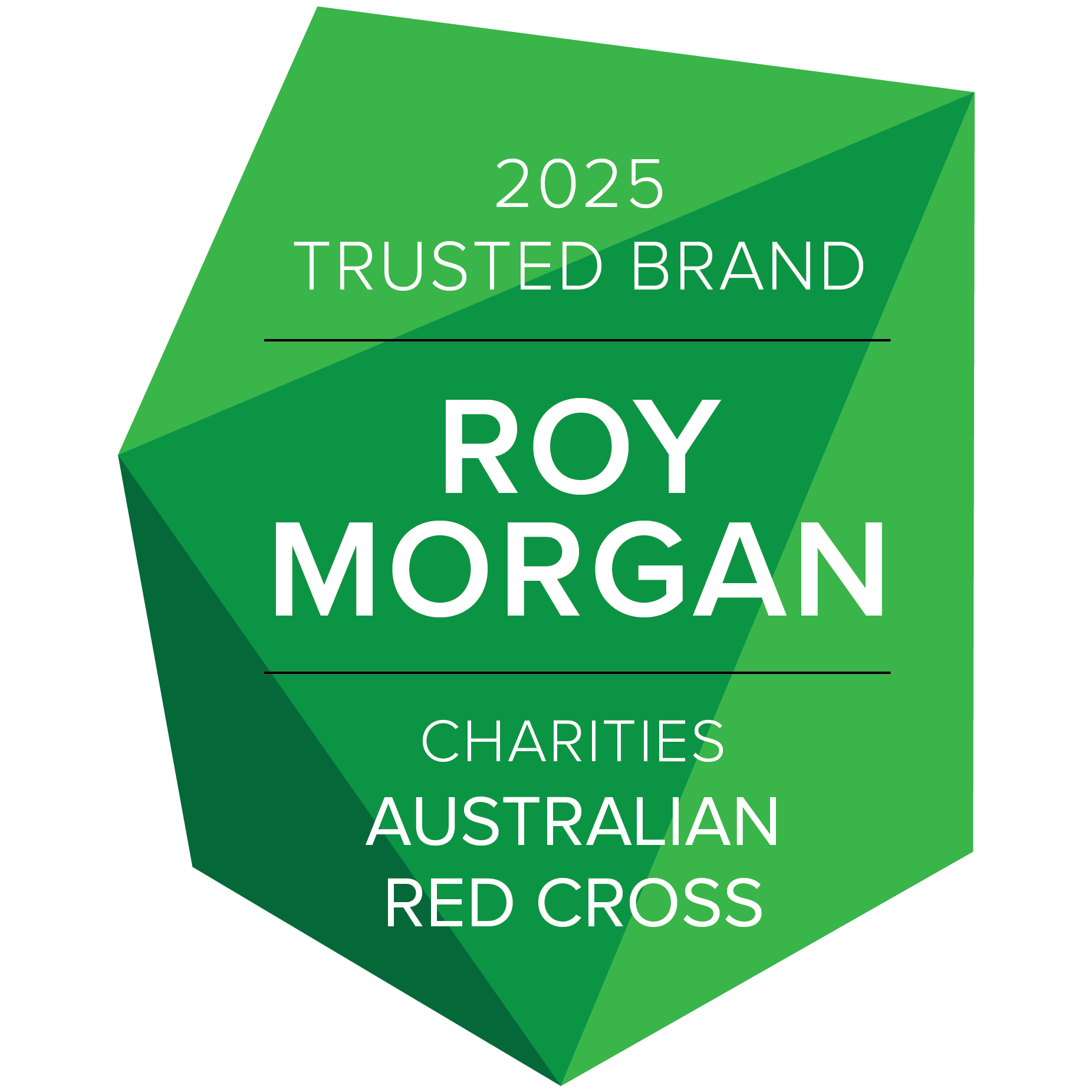The electricity was out, it was dark and Dan was on a couch - propped on top of his kitchen bench. His two dogs and a cat beside him, he listened as the drains gurgled and watched water seep into his backyard.
Dan was living through extreme weather. Rainfall levels were at the highest in 120 years for Townsville, Queensland. The record-breaking rain, triggered major flooding. Five people died in the floods and over 2,000 homes were damaged – Dan’s included.
On the day of the floods, his children Matthew and Ruby safe with their mum out of town, Dan prepared for the worst.
“I was probably more fortunate being that I was in the military. I had a Plan B.”.
We can’t stop disasters or emergencies from happening but what Dan’s training had helped him understand is we can reduce how much they affect us by being prepared.
There are four key steps in preparing for any emergency, large or small.
Neighbourhood hero
What no one anticipated was the magnitude of the disaster unfolding outside. What Dan hadn’t anticipated is that night he would become a hero.
As the night got later and the rain kept falling, the State Emergency Service started evacuating people.
Seeing his neighbours struggling, Dan rushed into action. He helped carry their children to the evacuation assembly spot.
And he didn’t stop there. Over the next three hours, Dan helped to evacuate more than 25 people. He loaded them onto boats and ferried them across the floodwaters, reassuring those who were frightened. Not once getting in the boat himself.

